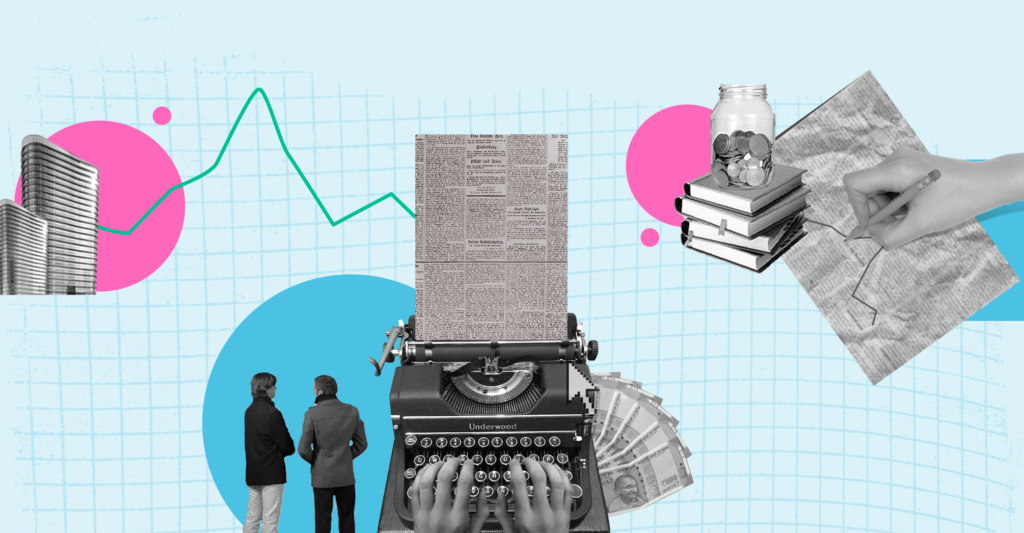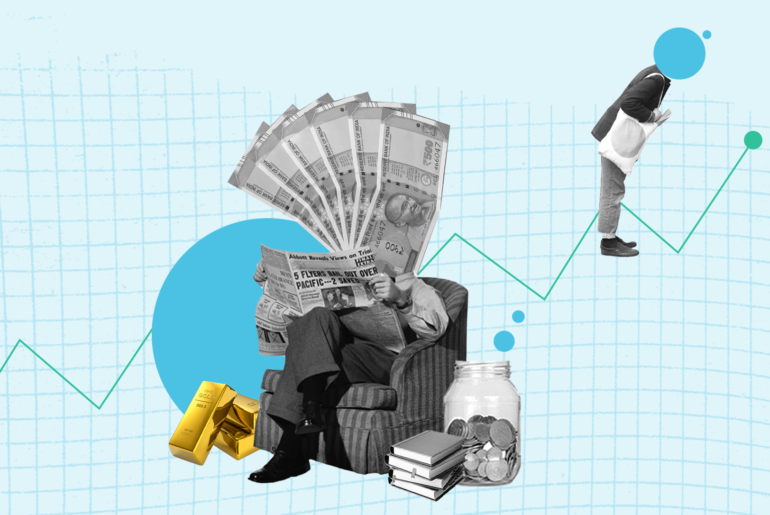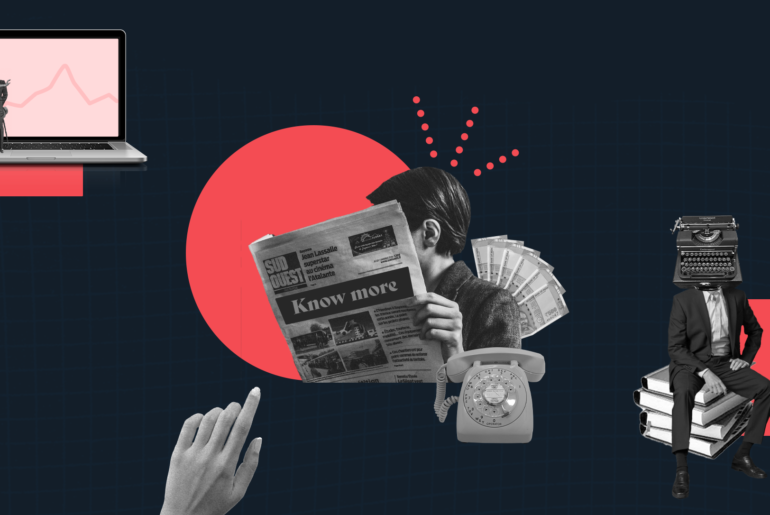Last Updated on Jan 28, 2022 by Ayushi Mishra
The Union Budget of India, or the Annual Financial Statement, as it is known under Article 112 of the Constitution, has traditionally been announced in February. While the budget speech typically lasts a few hours, the process of developing and presenting the budget takes much longer. Here is the whole process described in brief.
1. The Union Budget is released on 1st February, but work on the budget begins ~6 mth earlier at the offices of the Department of Economic Affairs (DEA).
2. To construct a skeletal budget for the following year, notices and budget circulars are distributed to various ministries and departments.
3. The ministries respond with specifics on financial expenditures, revenues, and anticipated financial needs for the upcoming fiscal year.
4. Before the data is delivered to the Finance Ministry, it undergoes many stages of review, correction, and approval.
5. The Finance Ministry allocates revenue to various departments after lengthy consultation with several ministries, NITI Ayog, and the Department of Expenditure.
6. The Finance Minister, the Department of Economic Affairs, and the Department of Revenue hold another round of meetings to make sure that various players in the Indian economy, such as state officials, bankers, agriculturists, and economists, are heard and their comments are taken into consideration.
7. Finally, before any new welfare programmes or initiatives are locked in, they must be approved by the Prime Minister.
8. The government hosts the customary “halwa ceremony” when the final budget is being produced, immediately before the publication of the Union Budget. The documents are printed on a press in North Block, albeit owing to the COVID-19 crisis in 2021, no budget papers were printed.
9. And lastly before the Budget is presented in the Lok Sabha, the Finance Minister briefs the Union Cabinet about it. The Finance Minister on 1 February presents the Union Budget.
- SBI Equity Mutual Funds – List of Top Performing Schemes for 2025 - Mar 27, 2025
- Hedge Funds in India: Definition, Types, & Benefits - Mar 27, 2025
- List of Overnight Mutual Funds in India (2025) - Mar 17, 2025




